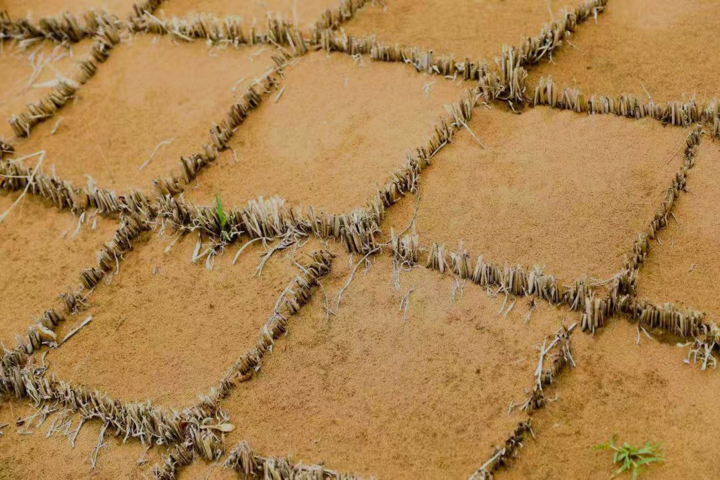Land Recovery Desertification Ecological Restoration
Desertification
Slightly less than half of Earth’s ice-free land surface—approximately 52 million square km (about 20 million square miles)—is drylands, and these drylands cover some of the world’s poorest countries. The United Nations Environment Programme (UNEP) notes that desertification has affected 36 million square km (14 million square miles) of land and is a major international concern. According to the United Nations Convention to Combat Desertification, the lives of 250 million people are affected by desertification, and as many as 135 million people may be displaced by desertification by 2045, making it one of the most severe environmental challenges facing humanity.
Our Focus
What China did to
Prevent Desertification
——Sand barriers of Straw checkerboard
The straw checkerboard increased the silt and clay content, thereby changing coarse soil texture to fine. This is one of the vital prerequisites for the invasion and establishment of herbaceous plants in desert ecosystems. When a straw checkerboard was used to stabilize the dunes before establishing sand-binding vegetation, significant differences in plant species richness, herbaceous cover, dust deposition, and soil physicochemical properties were found in this study. All of these findings suggest that the use of the straw checkerboard, as one of the key techniques for restoring desert ecosystems, will be an important component of efforts to further extend ecological engineering projects in arid desert regions.

Publications
Policies and Regulations

Sand Prevention and Control Law of the People’s Republic of China




 User Center
User Center My Training Class
My Training Class Feedback
Feedback

